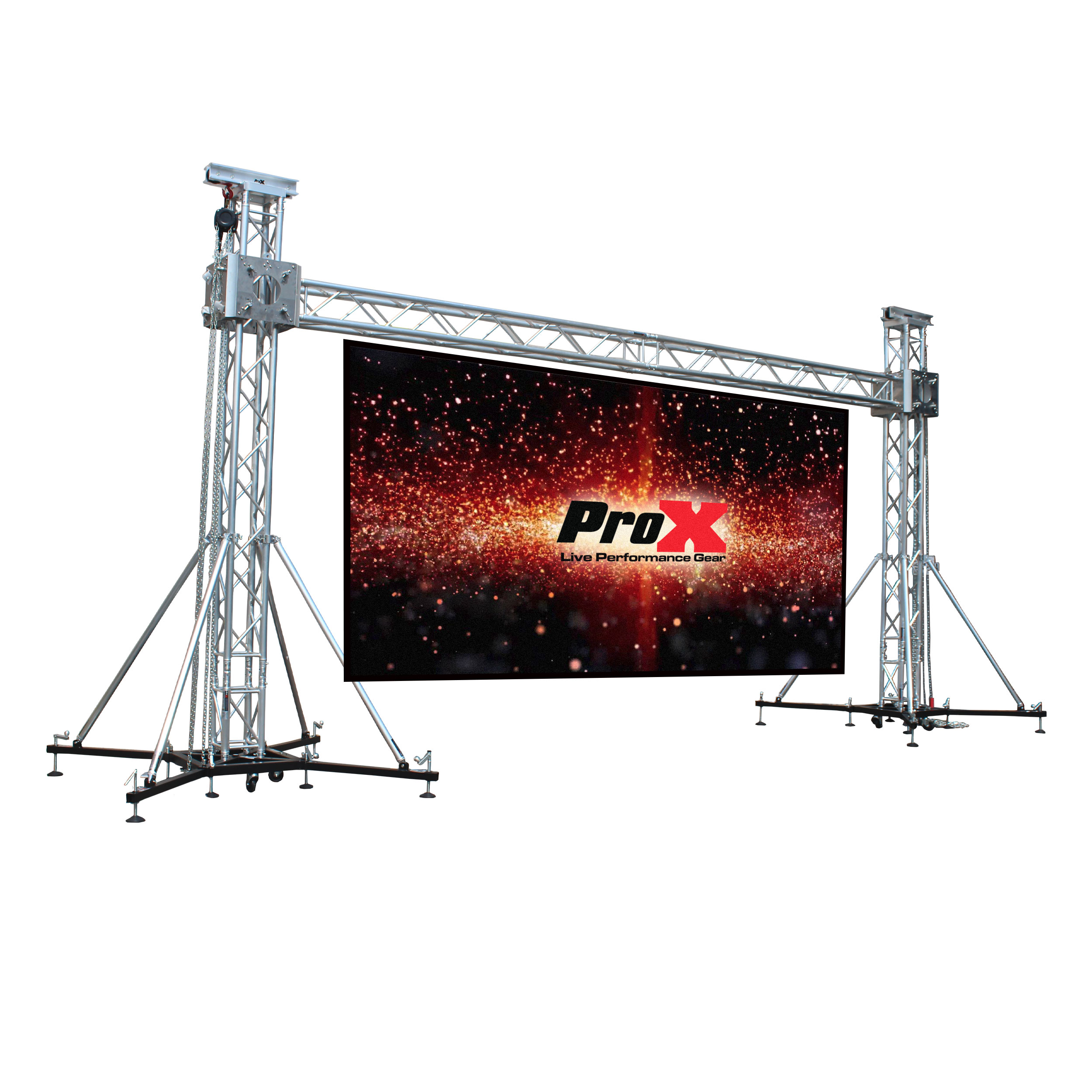Efficient Tactics for Overcoming Heat Challenges in LED Display Panels
Wiki Article
Light Emitting Diode panel panels are progressively common for various applications, such as promotion, functions, and digital screens. However, excess heat is a major issue that can affect their functionality and longevity. When LED panels overheat, they may decrease in brightness, hue shift, or even malfunction entirely. Understanding the causes and applying efficient methods to control heat can assist preserve the optimal function of LED wall panels. This article will discuss several approaches to tackle excess heat challenges associated with these devices.
One effective approach for preventing overheating in LED panel screens is guaranteeing proper airflow. It is essential to install these panels in environments where atmosphere flow is adequate. This can be achieved by placing the panels in a properly aired space or utilizing blowers to enhance airflow around the devices. Additionally, if the panels are mounted in a confined area, establishing gaps or using vents can help dissipate heat more efficiently. Keeping a lower ambient temperature is crucial, as it immediately affects the function and durability of LED panel panels.
Another way to combat excess heat is through the application of heat management materials. These substances can help take in, dissipate, or redirect heat away from the LED elements. Thermal sinks are commonly used in many digital devices, such as LED screens. These metallic components draw heat away from the LED components, allowing them to operate at a more secure heat level. Additionally, thermal paste or films can be utilized to improve heat transfer between the LED elements and the thermal sinks, further enhancing their cooling effectiveness.

Regular care and oversight of LED panel screens also play a critical role in stopping excess heat. Dirt and grime can build up on the faces Learn More of these screens, blocking ventilation and holding heat. Consistent tidying, using suitable tools, will ensure the screens free from blockages. Furthermore, tracking the temperature of the panels can help identify overheating issues before they become severe. Using temperature sensors can provide valuable data, enabling users to take remedial steps if the screens start to go over secure functioning temperatures.
The use of advanced technology can also help address overheating challenges in LED wall screens. Many contemporary LED screens come fitted with built-in heat management systems. These systems can automatically adjust the brightness of the display based on the temperature, reducing heat production when needed. Additionally, program solutions can track the functionality of the screens and provide notifications if overheating is detected. Incorporating these technologies can considerably improve the durability and dependability of LED panel screens.
In summary, managing overheating in LED wall panels is essential for guaranteeing their functionality and durability. Implementing strategies such as ensuring adequate airflow, utilizing thermal management materials, performing routine care, and utilizing cutting-edge tools can help reduce excess heat issues. By taking these proactive steps, users can benefit from the complete advantages of LED wall panels while reducing the threat of temperature-related issues. This method not only improves the functionality of the screens but also contributes to a more eco-friendly and effective application of technology in various applications.